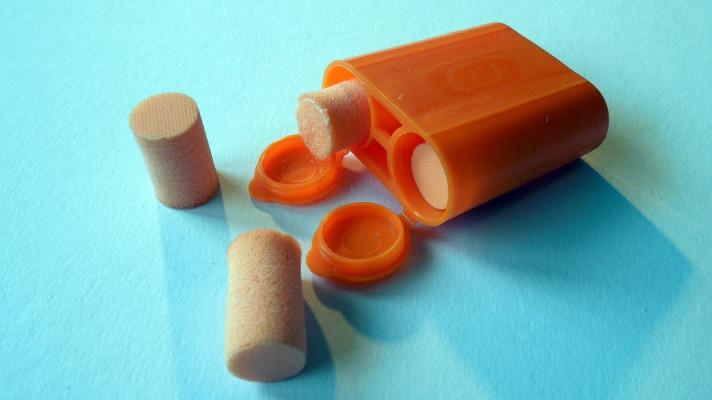Sustainable natural materials can be used for noise insulation
Researchers have found that natural materials, such as plant fibres or wool, can be used to construct sustainable sound absorbers that help prevent noise pollution, which are as effective as conventional absorbers made from combinations of minerals and plastics.
Acoustic absorbers, or sound proofers, are used as noise control in many situations where it is necessary to protect health and environmental quality. There is currently much interest in developing sustainable absorbers, either from biomass or recycled materials. This study focused on the properties of biomass absorbers, considered sustainable as they form part of the normal carbon and nitrogen cycles and, provided only renewable energy is used during processing, could be virtually carbon neutral. The study, conducted under the EU HOLIWOOD project1, tested the performance of several possible absorbers made from biomass (natural materials). Results were compared with those for conventional glass or mineral fibre, or porous polymer, absorbers.
Conventional absorbers depend on their fibre and structure of pores (small holes) for their performance. However, fibrous materials, such as reed and straw, are very unlike porous absorbers, and have long, slit like cavities instead. This makes them good at absorbing low frequencies, and they could therefore be used to make composite panels of both fibrous and porous panels.
Cotton fibres have very similar noise absorption properties to rock wool and fibreglass, used to make conventional absorbers. The most effective natural absorbers are, like cotton, the smallest and most compactable fibres, like flax and ramie. These both have long histories of use in fabrics and are particularly effective with high frequency sounds. Wool was only slightly less effective at absorbing noise than cotton, possibly because its fibres are bigger and so harder to compact to the same degree. Jute, like wool, has large fibres, but they are easier to compact. Sisal fibres are coarse and hard to compact, and it was found to be a poor sound absorber. Natural fibres can undergo some processing, like 'carding', which lines fibres up, and this appears to slightly reduce absorption.
Non-fibrous reeds and straw perform similarly, but straw is more effective above 1 kHz. Performance is best when the cut ends of the stalks point in the direction of sound, rather than being laid flat, sideways on. However, 'cut end' alignment is less effective for weather proofing.
Other practical performance criteria which must be considered include durability and fire resistance. Cellulose plant fibres are not attractive as insect food, but may be attacked by fungi if wet. Straw and reeds are resistant to attack, but sound proofing applications require more complex manufacturing methods than can be provided by conventional straw or reed products. Additionally, to be sustainable, routine treatments for fire and biological resistance should not use toxic chemicals, and at disposal stage, should be suitable for composting. Boards made of natural fibres (such as wool, flax and hemp), using binding agents like recycled polyester, are already available for thermal or sonic insulation in construction; and there is particular interest in finding a new use for wool because it has been replaced by synthetic fibres in clothing, so is currently a low value by-product of meat farming.
In conclusion, the acoustical properties of natural fibres are as effective as porous sound absorbers, with properties similar to those of conventional absorbers made from rock wool or fibre glass.
1. HOLIWOOD (holistic implementation of European thermal treated hard wood in the sector of construction industry and noise protection by sustainable, knowledge-based and value added products) was supported by the European Commission under the Sixth Framework Programme. See : www.holiwood.org
Source: Oldham, D.J., Egan, C.A. & Cookson, R.D. (2011) Sustainable acoustic absorbers from the biomass. Applied Acoustics. 72: 350-363.
Contact: djoldham@liv.ac.uk
